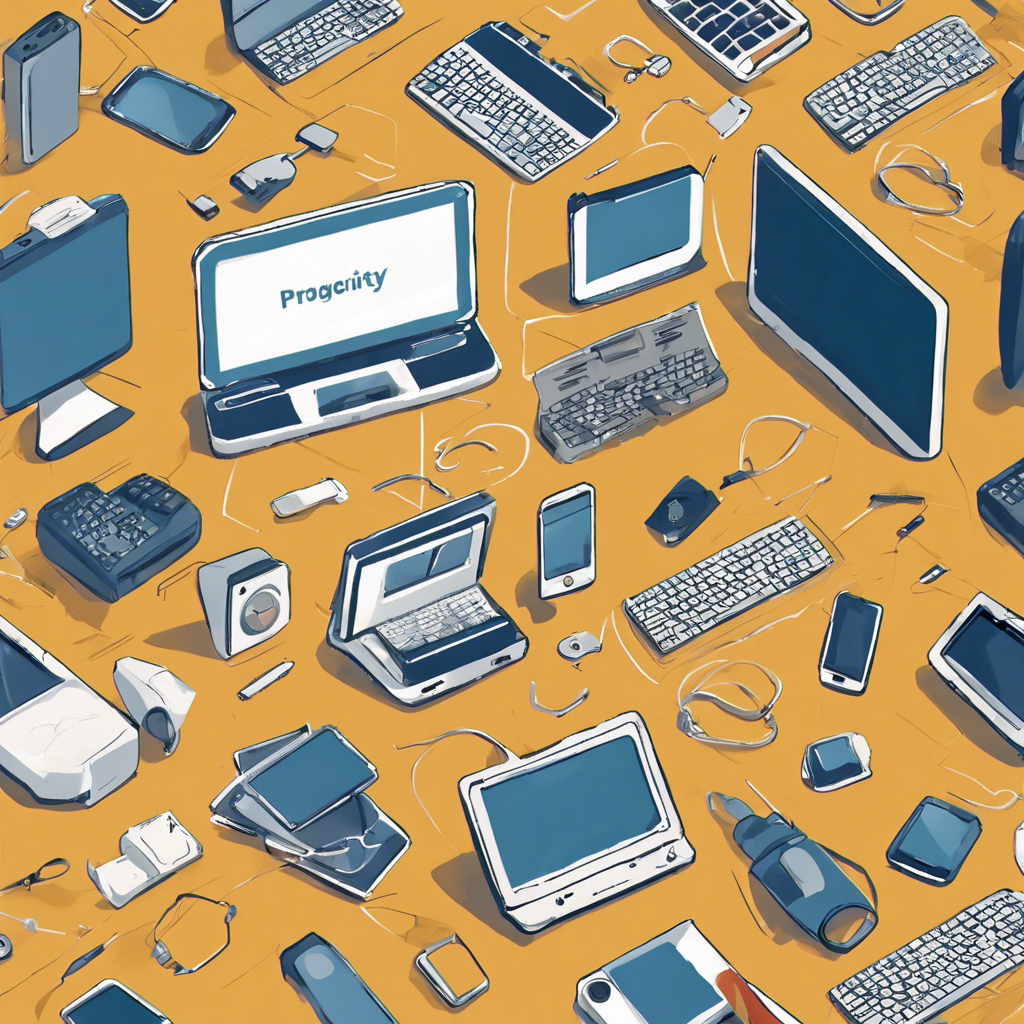Fairphone’s innovative approach to reducing electronic waste
In a world where electronic waste is rapidly increasing, one company is taking a stand to create a more sustainable future. Fairphone, a Dutch social enterprise, has developed a smartphone that owners can repair themselves. By promoting repairability and longevity, Fairphone aims to reduce the amount of electronic waste that ends up in landfills. But what exactly makes their technology so sustainable? In this article, we will explore the features and initiatives that set Fairphone apart and discuss the challenges they face in the smartphone industry.
The smartphone you can take apart and fix yourself:
E-waste is a growing concern, with an estimated 50 million tonnes of electronic waste produced globally each year. Fairphone seeks to address this issue by selling phones that have a longer working life. Their smartphones are designed to be easily repaired, customized, and exchanged by their owners. By encouraging people to fix their phones instead of discarding them, Fairphone hopes to make a significant impact on reducing electronic waste.
Sustainability lies at the heart of Fairphone’s mission:
Fairphone is committed to sustainability in every aspect of their product. They use 100% recycled plastic in all their phones and source fairtrade gold and silver. An independent review of the company highlighted the need for more materials from fair and certified sources, as well as phones that are upgradeable. Fairphone has expanded the number of sustainable materials they source and continues to work towards further improvements.
Improving ethical working conditions:
Fairphone’s ambitions extend beyond reducing electronic waste. The company aims to improve ethical working conditions across the entire supply chain. They began as an activism campaign raising awareness about conflict minerals in the Democratic Republic of Congo. Today, Fairphone sources certified conflict-free tin and tantalum and ensures fair working conditions in mines and factories. All workers are paid a living wage.
Challenges and achievements:
Despite their efforts, Fairphone remains a minor player in the mobile phone market, with around 550,000 devices sold since their launch. However, they are determined to prove that sustainability can be profitable. The high price tag of their smartphones reflects the investment needed to build everything in-house and provide long-lasting support through software updates. Fairphone also runs a recycling program, but their focus is on reusing components rather than recycling them.
The design challenge:
One of the biggest hurdles to sustainability in the smartphone industry is the design of the devices themselves. Most smartphones are not designed to be easily repaired or used for as long as possible. The preference for slim and sleek phones makes disassembly difficult. Additionally, the cost of repairing electronics can often be prohibitive. Changing the business model and marketing strategies of the industry is crucial to promoting repairability and longevity.
Legislation and the future:
New laws and regulations are emerging to combat throwaway culture and promote repairability. Several European countries have introduced labeling systems and tax breaks for repairs. In the US, there is a push for right to repair legislation, giving consumers the ability to fix their own devices. Fairphone hopes to inspire further changes in the smartphone industry and raise awareness about the problems in the supply chain.
Conclusion:
Fairphone’s innovative approach to creating sustainable smartphones is a step in the right direction to combat the growing issue of electronic waste. By prioritizing repairability, longevity, and ethical sourcing, Fairphone sets an example for the smartphone industry. However, challenges remain in changing the business model and design practices. Through legislation and awareness, the hope is that more companies will follow in Fairphone’s footsteps and contribute to a more sustainable future.











